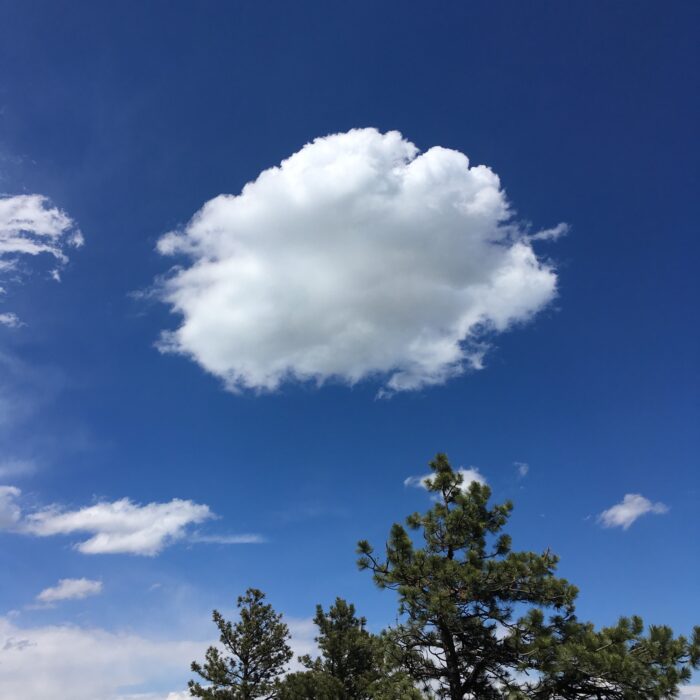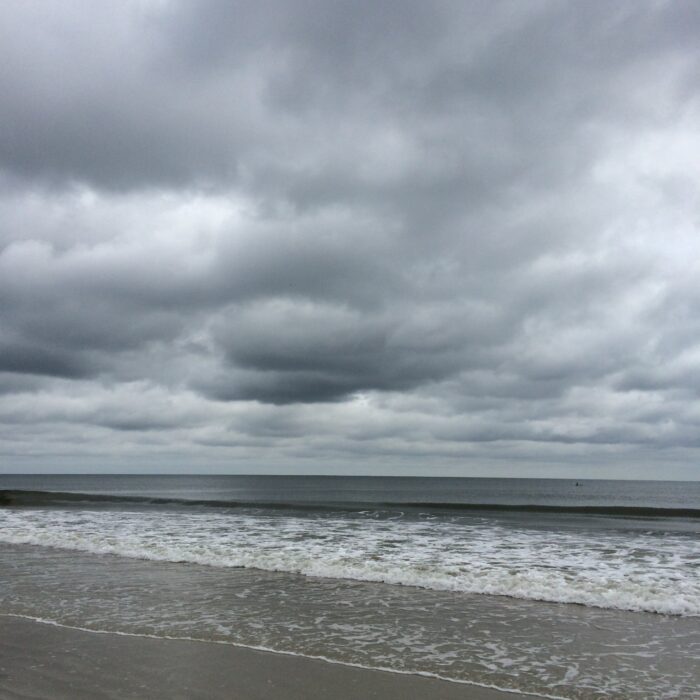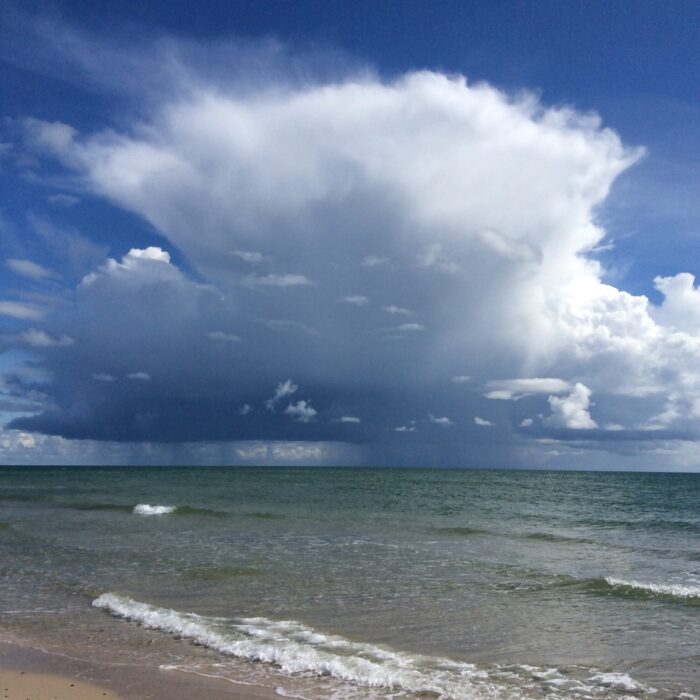Anti-crepuscular rays

About Anti-crepuscular rays
When you spot those lines of light and shade across the sky, known as crepuscular rays, you should turn around and have a check in the opposite direction just in case you manage to see their far subtler counterparts, ‘anti-crepuscular rays’. Both forms are the shadows cast by clouds that have been rendered visible by atmospheric haze. This might be dust, pollen, pollution or just a subtle layer of water droplets, and it scatters the sunlight enough to reveal the path of the Sun’s rays through the atmosphere.
Anti-crepuscular rays appear when tall clouds in front of the rising or setting Sun cast long shadows across the sky which can be seen receding off into the distance when facing away from the Sun. Just like the more familiar crespuscular rays, these shadows appear to converge towards a point near the horizon. The shadows are in fact parallel, and this just the effect of perspective.
On rare occasions, you can spot crepuscular and anti-crepuscular rays at the same time. Looking towards the sunrise or sunset, the crepuscular rays appear to fan outwards from the low Sun. They look wider apart as they pass overhead. Then they converge again towards a point on the horizon opposite the Sun, where they recede into the distance as anti-crepuscular rays. It is impossible to represent this in a photograph. You sort of have to be there – and you should count yourself lucky if you ever are.
Image: Spotted over Bryce Canyon, Garfield County, Utah, United States by TylerFishback.






